In 2025, dropshipping continues to be a popular e-commerce model that allows entrepreneurs to sell products without holding inventory. This approach offers a low-risk entry into the online retail space, but it also presents unique challenges. Understanding how dropshipping works and its current landscape is crucial for anyone considering this business model. This blog will explain the dropshipping process and discuss how it has evolved to meet the demands of 2025.
1. What Is Dropshipping?
Dropshipping is an order fulfillment method where a retailer sells products to customers without keeping them in stock. Instead, when a customer makes a purchase, the retailer transfers the order details to a third-party supplier who then ships the product directly to the customer. This model eliminates the need for inventory management and warehousing.
In contrast to the traditional retail model, where a retailer buys products in bulk and stores them until they're sold, dropshipping allows businesses to avoid the upfront cost of purchasing inventory. Retailers only pay for the products once they've been sold, which minimizes the financial risk.
This model is especially beneficial for new entrepreneurs, as it requires little to no upfront investment in inventory. It also offers the ability to sell a wide range of products without worrying about storage or shipping. However, it also means that the retailer has less control over product quality, stock levels, and delivery times.
2. How Does Dropshipping Work in 2025?

The dropshipping process in 2025 is much more streamlined and automated, making it easier for entrepreneurs to manage their businesses from anywhere in the world. Here's how it works:
l Customer Places an Order
A customer orders a product through an online store, typically hosted on e-commerce platforms like Shopify, WooCommerce, or BigCommerce. The retailer's website displays product listings, prices, and product information.
l Retailer Forwards the Order to the Supplier
Once an order is placed, the retailer forwards the order details to the supplier. Many retailers use automated tools that sync their stores with suppliers, eliminating manual data entry. This ensures that orders are sent to the supplier in real time and without errors.
l Supplier Ships the Product
The supplier receives the order and prepares the product for shipping. In 2025, many suppliers, such as CJdropshipping, have global warehouses and can fulfill orders from locations closer to the customer to ensure faster delivery times. The supplier handles all aspects of shipping, including packaging and shipping costs.
l Customer Receives the Product
The customer receives the product at their address, typically within a few days or weeks, depending on the shipping method. The retailer makes their profit by marking up the price of the product from the supplier's cost.
This process is much faster and more efficient with the help of automation tools. Retailers can integrate their e-commerce store with suppliers, manage inventory in real-time, and track orders seamlessly.
The 2025 Dropshipping Model

Key Players in the Ecosystem
- Sellers: Online retailers who manage branding and customer experience.
- Suppliers: Manufacturers and wholesalers who fulfill orders.
- Tech Providers: Platforms that automate inventory syncing, shipping, and customer support.
Choosing a Niche That Sells in 2025
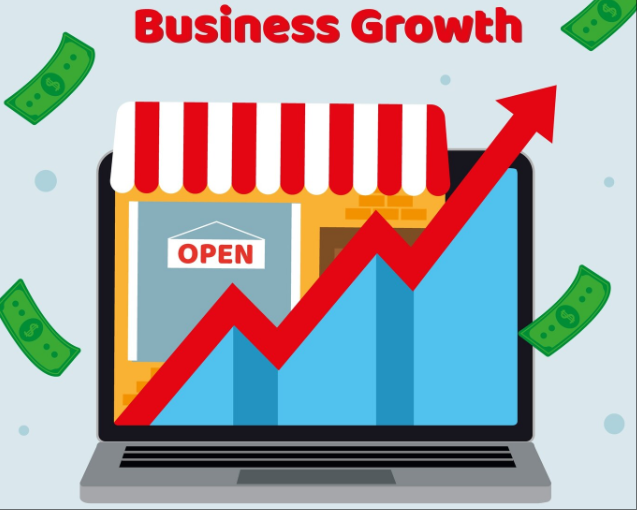
High-Demand Niches
- Eco-friendly products
- Home fitness and wellness gear
- Smart home accessories
- Pet products
Tools for Trend Analysis

Use platforms likeExploding Topics,Google Trends, andTrendHunterto spot up-and-coming niches with low competition.
3.10 Advantages of Dropshipping
1. Almost No Up-Front Investment
With dropshipping, you never purchase stock until a customer places an order. That means you’re not tying up hundreds—or even thousands—of dollars in products sitting on a warehouse shelf. All you need to get started is a simple website (or a storefront on a marketplace) and a trusted supplier.
2. Zero Storage Hassle
Trying to find room for boxes of merchandise can quickly turn your living room or garage into a makeshift warehouse. Dropshipping frees you from that constraint: your supplier handles packing, storing, and shipping, so you never have to worry about square footage.
3. Effortless Scaling
Want to add ten more products? No problem. Want to double your order volume next month? Your supplier’s fulfillment team scales alongside you. Instead of scrambling to manage more stock, you focus on marketing, customer service, and refining your brand.
4. Vast Product Variety
Because you’re not purchasing bundles of products in advance, you can test out dozens—even hundreds—of items with minimal risk. Seasonal fads, trending gadgets, niche decor pieces—all can live side by side on your site, ready for customers to discover.
5. Work from Anywhere
Whether you’re logging in from a beachside bungalow in Thailand or your favorite coffee shop downtown, all you really need is an internet connection. Orders flow automatically from your site to your supplier, and you’re free to manage emails, ads, and social posts from wherever you choose.
6. Minimized Financial Risk
Traditional “buy-bulk” retail often means you’re on the hook for unsold merchandise. With dropshipping, if a product doesn’t resonate with buyers, you’re not left holding the bag. You simply stop offering it and pivot to something that sells.
7. Focus on Growth Activities
Fulfillment isn’t your worry—customer acquisition is. That shift in focus allows you to pour time and energy into SEO, social-media storytelling, influencer partnerships, and building an unforgettable unboxing experience for your buyers.
8. Seamless Automation Options
Modern e-commerce platforms like Shopify, WooCommerce, and BigCommerce all plug into dropshipping apps that automatically sync inventory, update tracking numbers, and even handle customer notifications. What used to take hours can now be accomplished with a few clicks.
9. Tap into Global Markets
Boundaries vanish when your supplier ships worldwide. You can test which regions respond best to your products, tailor ads for different demographics, and diversify your revenue streams—all without setting up local warehouses or navigating complex import/export hurdles.
10. Safe Testing Ground for New Ideas
Dreaming of your own branded line of products? Dropshipping lets you gauge real market interest before investing in custom molds, packaging design, or large minimum-order quantities. It’s a gentle way to validate concepts, gather customer feedback, and build brand recognition before committing deeply.
4.The Pros and Cons of Dropshipping: What Every Entrepreneur Needs to Know
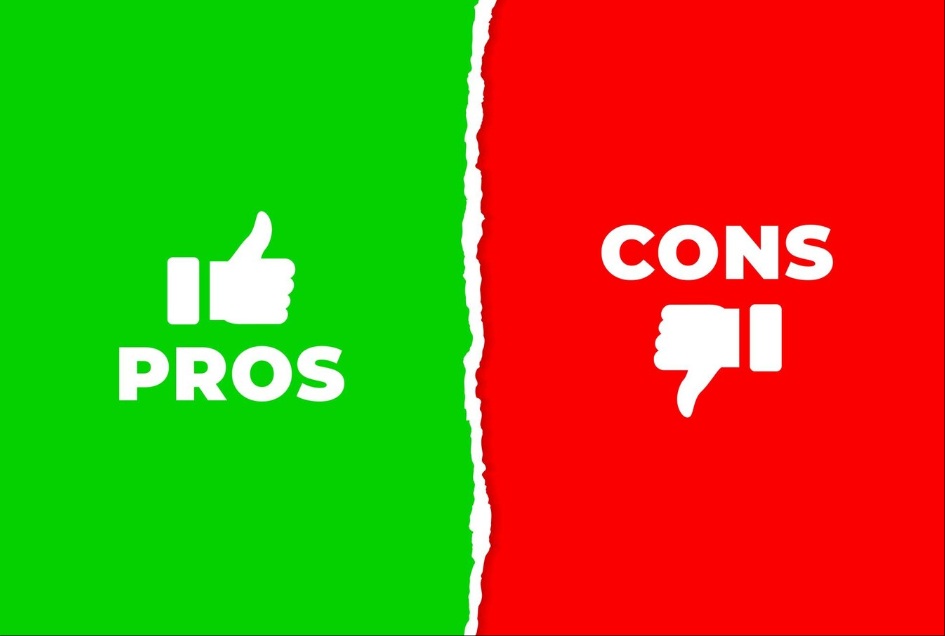
The Pros of Dropshipping
1.Low Startup Costs
Unlike traditional retail, dropshipping eliminates the need to invest upfront in inventory. You don’t need a warehouse, and you won’t risk getting stuck with unsold products. All you need is a website (easily built with platforms like Shopify) and a partnership with suppliers. For bootstrapped entrepreneurs, this makes testing business ideas financially feasible.
2.Flexibility and Scalability
With no physical inventory, you can experiment with niche markets or seasonal products without long-term commitments. Want to pivot from selling fitness gear to home decor? Just update your website and partner with new suppliers. This agility reduces the risk of market shifts or trends fading.
3.Location Independence
Dropshipping lets you run a global business from anywhere. Suppliers might be in China, the U.S., or Europe, while your customers could span multiple continents. This model breaks down geographical barriers, allowing you to tap into markets you’d otherwise struggle to reach.
4.Time Efficiency
By outsourcing inventory management and shipping, you free up time to focus on marketing, customer service, and growing your brand. For solopreneurs or small teams, this efficiency can be a game-changer.
The Cons of Dropshipping
1.Razor-Thin Profit Margins
Low barriers to entry mean fierce competition. Many dropshippers resort to slashing prices to stand out, eroding profits. If your supplier also works with competitors, price wars can turn your niche into a race to the bottom.
2.Limited Control Over Quality and Shipping
Your reputation hinges on suppliers you’ve never met. Late deliveries, damaged items, or incorrect orders will anger customers—and they’ll blameyou, not the supplier. Even reliable partners can face stock shortages or shipping delays, leaving you scrambling for solutions.
3.Customer Service Challenges
While you don’t handle shipping, customers will still hold you accountable for every problem: lost packages, returns, defective products. If suppliers are slow to respond, you might have to refund orders out of pocket to protect your brand’s reputation.
4.Branding Limitations
Dropshipping makes it hard to build a distinct brand. Products often arrive in generic packaging, and customers may notice they’re sourced from third parties. Without unique packaging or inserts, fostering loyalty becomes an uphill battle.
5.Hidden Costs
While you save on inventory, other expenses add up. Marketing (especially paid ads), website maintenance, and transaction fees can eat into profits. Many beginners underestimate how much it costs to acquire customers in saturated markets.
Who Should Try Dropshipping?
This model might work for you if:
- You’re testing a business idea with minimal upfront investment.
- You’re skilled in digital marketing and driving traffic.
- You’re prepared to handle supplier negotiations and customer complaints.
- You’re comfortable with slow, incremental growth.
But if you want higher margins, repeat customers, or a recognizable brand, consider alternatives like wholesale purchasing or creating your own products.
Practical Tips for Success
-
Vet Suppliers Relentlessly
Order samples to check quality and shipping times. Use platforms like AliExpress, Spocket, or SaleHoo to compare suppliers, and prioritize those with responsive customer service. -
Focus on a Niche
Avoid oversaturated markets (e.g., phone cases). Instead, target specific audiences—think “eco-friendly pet accessories” or “ergonomic tools for programmers.” -
Invest in Customer Experience
Even if you don’t control shipping, add value through personalized thank-you emails, easy returns, or curated product bundles. A seamless experience builds trust. -
Diversify Suppliers
Relying on one supplier is risky. Partner with at least two backups to avoid disruptions.
5. Benefits of Dropshipping in 2025
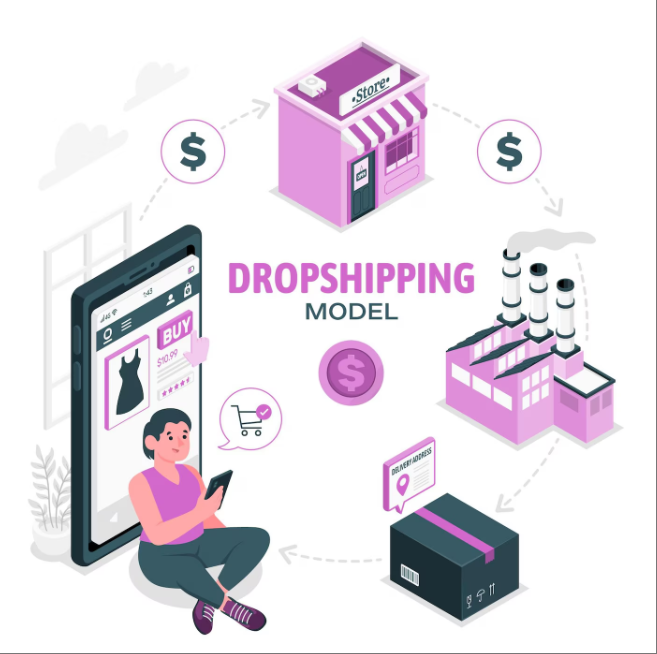
l Low Startup Costs
As an entrepreneur, one of the biggest hurdles to starting an e-commerce business is the high upfront costs. Traditional retail models often require you to purchase inventory in bulk, rent warehouse space, and cover other operational costs. However, with dropshipping, you only pay for the products once a sale has been made. This significantly reduces the risk of investing in products that may not sell. Since recent tariff policy in the US markethave forced platforms like Temu to announce price hikes, this has provided a new opportunity for dropshipping sellers to break away from the low-price dilemma, reevaluate pricing strategies, and capture higher profits.
l Flexibility and Global Reach
Another key benefit of dropshipping in 2025 is its flexibility. Whether you're at home or traveling, your business can be managed from any location, as long as you have an internet connection. This is especially relevant in the context of global expansion, where customers are no longer limited by geographical boundaries. With a fast-growing online shopping demand, the potential for dropshipping to reach international customers is greater than ever.
As a dropshipping entrepreneur, you can easily tap into global markets and cater to diverse audiences without worrying about international shipping complexities or tariffs. By partnering with suppliers who have established international fulfillment centers, you can ship products quickly and efficiently across the world, even if your customer is on the other side of the globe. This accessibility to global markets is a game-changer for 2025 and makes dropshipping an even more attractive option for entrepreneurs.
l Low-Risk Investment and Scalability
One of the major advantages of dropshipping is the scalability it offers. Unlike traditional retail businesses, where you must make significant upfront investments in inventory, dropshipping allows you to scale up quickly. With dropshipping, you don't need to worry about overstocking or having unsold products taking up space. As your business grows, you can easily add new products to your store and increase your sales without worrying about storing inventory or managing shipments.
Sellers can now offer a wide variety of affordable products to customers, helping them expand their reach without having to bear the weight of traditional stock costs.
l Automation and Technological Advancements
2025 brings a wealth of automation tools that make managing a dropshipping business simpler and more efficient. E-commerce platforms like Shopify and WooCommerce integrate seamlessly with dropshipping suppliers, allowing business owners to automate tasks like order processing, inventory updates, and shipping notifications. These tools save entrepreneurs a lot of time and effort, giving them the ability to focus on growing their business rather than getting bogged down by operational tasks.
The use of AI and big data analytics is also transforming how dropshipping businesses operate. By using advanced tools to monitor customer behavior, suppliers, and product performance, dropshipping entrepreneurs can make data-driven decisions to optimize their product offerings and improve customer service. These technological advancements make 2025 an ideal time for entrepreneurs to launch a dropshipping business, as they can now leverage these tools to streamline their operations and remain competitive in an ever-growing market.
6. Challenges of Dropshipping in 2025
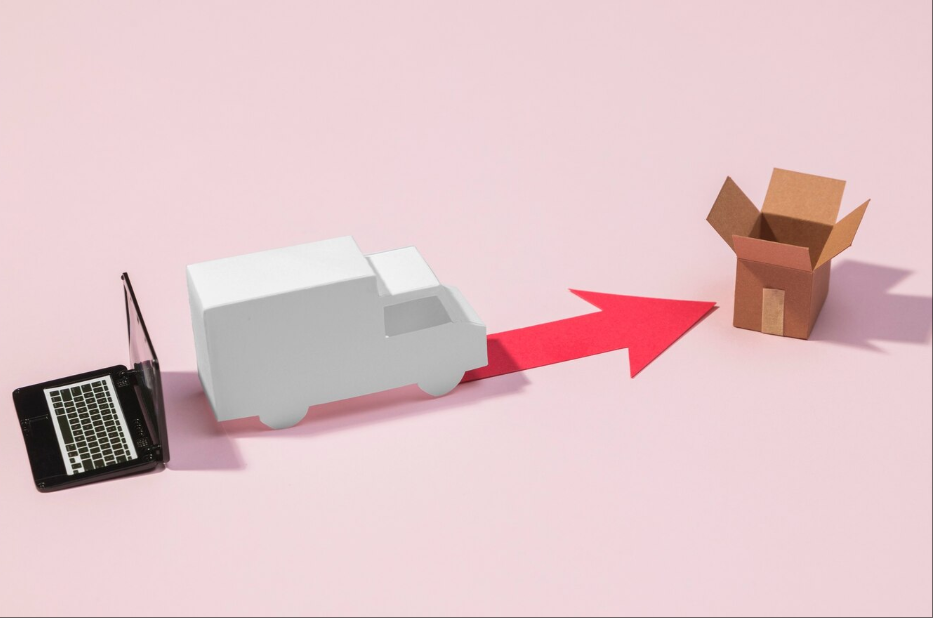
l Lower Profit Margins Due to Increased Competition
The rise of platforms like Temu and Shein has certainly made products more affordable for consumers, but it has also led to more intense competition for dropshipping entrepreneurs. As these low-price platforms flood the market with inexpensive goods, the pressure is on for dropshipping sellers to match or beat these prices while maintaining a profit.
This, at first made many dropshippers worried about thinner profit margins for many dropshipping businesses, making it harder for them to stay competitive while covering marketing and operational costs.
But now platforms facing the challenge of adjusting prices due to recent tariff changes, dropshipping has become an attractive option for entrepreneurs looking to capitalize on changing market dynamics.
To succeed in this environment, dropshipping entrepreneurs must focus on niches that offer unique value to customers. While low-cost goods are in high demand, selling generic, mass-market items is no longer enough to stand out. Offering unique products or focusing on specific customer segments, such as eco-friendly products or products with customization options, can help sellers maintain their profit margins even in a competitive marketplace.
l Shipping and Fulfillment Issues
As the demand for faster shipping increases, dropshipping businesses face challenges in meeting customers' expectations. In 2025, consumers expect quick delivery, often within a few days, and it's no longer acceptable to wait weeks for a product to arrive. The global nature of dropshipping complicates matters, as items are often shipped internationally, resulting in longer wait times and higher shipping costs.
To mitigate these challenges, it's crucial for dropshipping sellers to partner with suppliers that have global warehouses and can provide faster, more reliable shipping. Additionally, selecting suppliers who can absorb some of the increased shipping costs, such as those offering ePacket or other fast shipping options, can help sellers stay competitive while offering quality service.
l Dependency on Third-Party Suppliers
Another challenge for dropshipping entrepreneurs in 2025 is the ongoing reliance on third-party suppliers. While this model eliminates the need for retailers to manage inventory, it also places a great deal of control in the hands of the supplier. Problems like stock shortages, delayed shipments, or damaged goods can all have a significant impact on a dropshipping business's reputation. In the event of issues with suppliers, sellers may have limited options for quickly resolving customer complaints, which can harm their brand.
To overcome this challenge, dropshipping sellers must carefully vet their suppliers. Partnering with suppliers who have a proven track record of reliability and a good reputation for quality control is essential. Having contingency plans in place to deal with supply chain disruptions can help protect the business in case of unforeseen issues.
7. Is Dropshipping Still Viable in 2025?
Despite these challenges, dropshipping remains a viable business model in 2025, and in fact, many of the changes in the market have opened up new opportunities for entrepreneurs. The key to success lies in leveraging the right tools, selecting reliable suppliers, and staying ahead of the curve in terms of marketing and customer service.
l Market Growth and Opportunities
The global e-commerce sector is experiencing rapid expansion, projected to reach a staggering $434.98 billion by 2025. This growth presents abundant opportunities for dropshipping businesses to penetrate emerging markets. While the landscape is competitive, the rise of cross-border e-commerce has fueled demand for affordable products. By specializing in niche or high-quality offerings, dropshipping entrepreneurs can carve out their niche and flourish amidst a dynamic marketplace.
l The Importance of Overseas Warehouses
Given the challenges of rising tariffs and international shipping costs, choosing suppliers with overseas warehouses has become more critical than ever. Overseas warehouses allow sellers to reduce shipping times and costs, especially in markets like the U.S., where consumers are increasingly demanding faster delivery. By partnering with suppliers who have global fulfillment capabilities like CJ, dropshipping businesses can offer competitive shipping times and avoid the high costs associated with long-distance shipping.
l Technological Advancements
The rise of automation, artificial intelligence, and data analytics has made it easier than ever for dropshipping businesses to scale. These advancements enable entrepreneurs to make smarter decisions, automate operational tasks, and optimize marketing efforts. In 2025, dropshipping businesses that embrace these technologies are well-positioned to succeed.
l Lower Barriers to Entry
For entrepreneurs looking to enter the e-commerce space, dropshipping remains one of the easiest and most cost-effective options. The continued popularity of platforms like Shopify and WooCommerce has lowered the technical barriers to entry, allowing more people to launch and scale their own businesses without significant capital investment. This low barrier to entry means that dropshipping will likely continue to be a popular business model for years to come.
8.2025’s Top E-Commerce Platforms
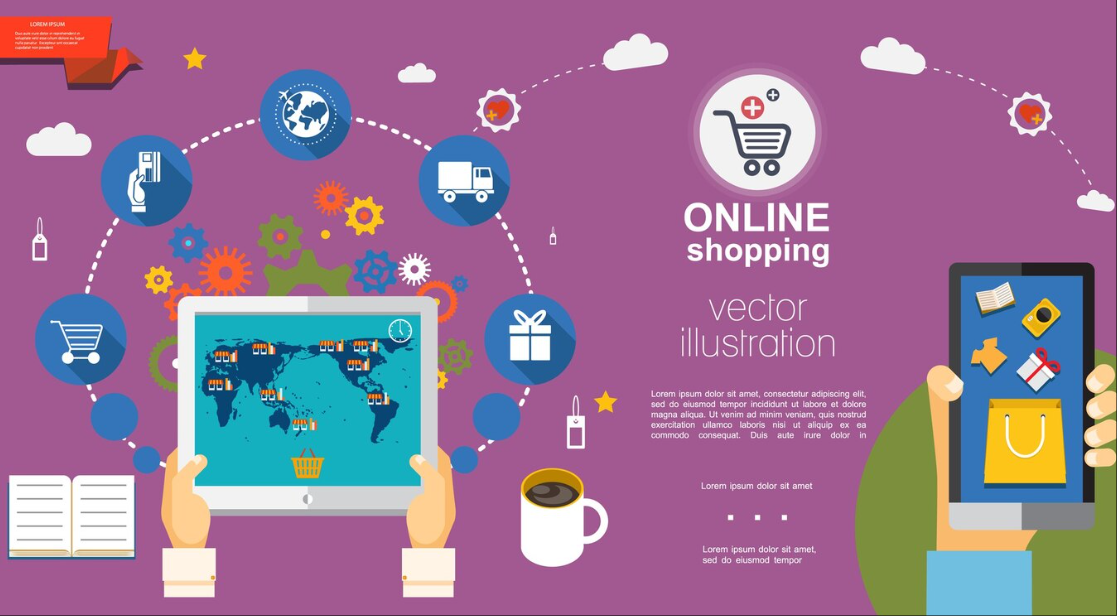
The foundation of any dropshipping business starts with choosing the right platform. These three giants dominate in 2025:
-
Shopify
- Why It’s Still #1: Shopify remains the go-to for its user-friendly interface, app ecosystem, and seamless CJ Dropshipping integration. Its 2025 upgrades include AI-powered product recommendations and built-in TikTok Shop synchronization.
- Best For: Beginners and scaling brands needing turnkey solutions.
-
WooCommerce
- Flexibility Meets Power: As a WordPress plugin, WooCommerce offers unmatched customization. With CJ’s API, you can automate order forwarding and inventory updates directly from your WordPress dashboard.
- Best For: Tech-savvy sellers who prioritize full control over their store’s design and data.
-
BigCommerce
- Enterprise-Grade Tools: BigCommerce now integrates natively with CJ Dropshipping’s supplier network, offering real-time shipping rates and B2B wholesale features.
- Best For: High-volume sellers targeting global markets.
Supplier Sourcing Superstars: Why CJ Dropshipping Dominates
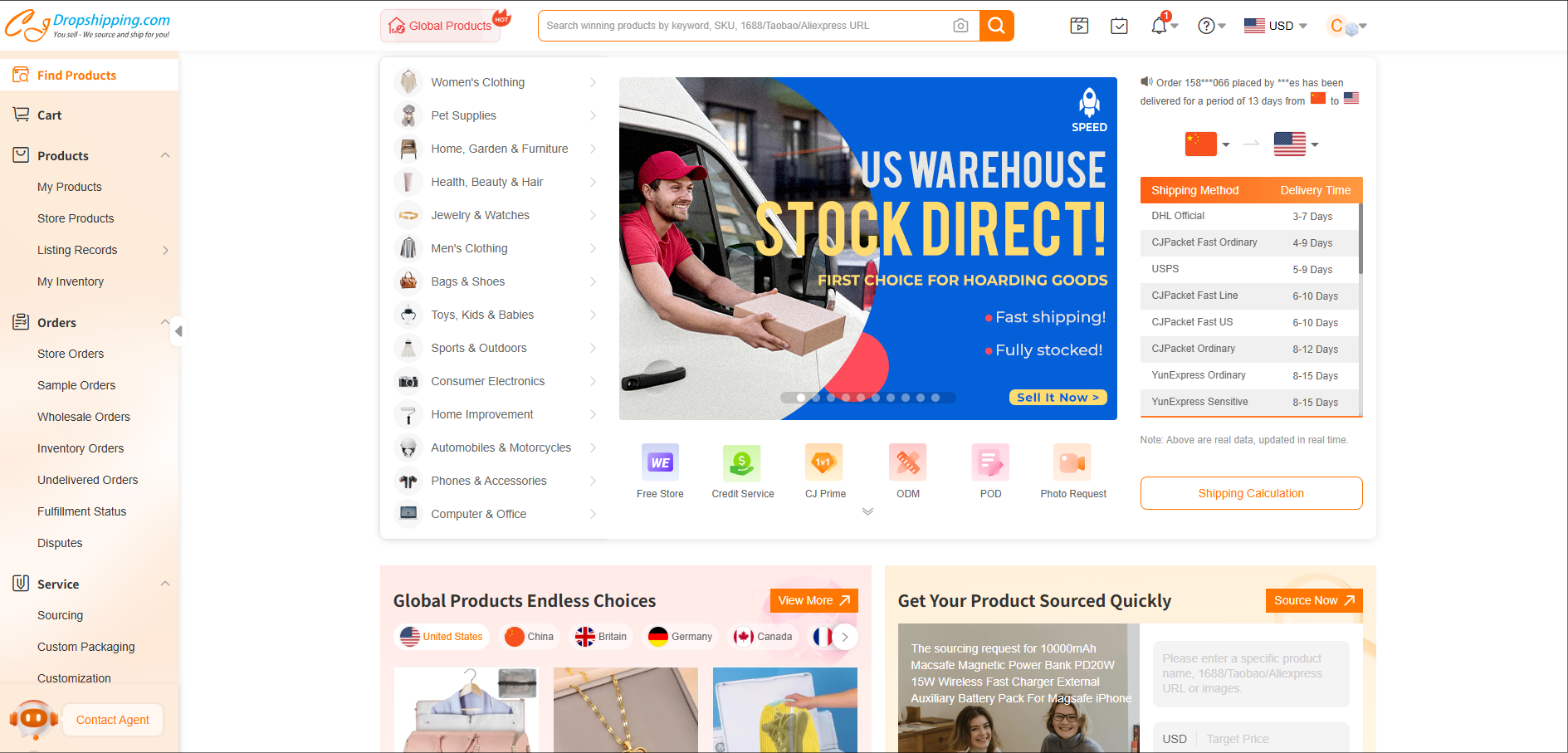
While Oberlo and Spocket paved the way, CJ Dropshipping has become the 2025 gold standard. Here’s what sets it apart:
Core Advantages of CJ Dropshipping
-
All-in-One Supplier Network
CJ isn’t just a directory—it’s a full-service ecosystem. Access 1M+ vetted suppliers across niches like eco-friendly tech, smart home gadgets, and 2025’s trending “phygital” products (physical + digital hybrids). -
Private Label & Branding Services
Unlike Oberlo (limited to AliExpress) or Spocket (US/EU focus), CJ lets you white-label products with custom packaging and logos. Their 3D product mockup generator slashes branding costs by 60%. -
In-House Fulfillment Centers
CJ’s 50+ global warehouses offer 3-7 day shipping to major markets. Compare that to Spocket’s average 10-day delivery, and you’ll see why CJ wins on speed. -
AI-Pricedropshipping
Their 2025 algorithm automatically negotiates bulk discounts with suppliers, ensuring you always get the lowest possible COGS (Cost of Goods Sold).
Competitor Check: Oberlo vs. Spocket in 2025
- Oberlo: Now fully integrated with Shopify’s AI merchandising tools, but limited to AliExpress suppliers (higher shipping times).
- Spocket: Excels in US/EU artisan goods but struggles with margins due to fixed pricing.
Automation & Analytics: The 2025 Game-Changers
Profitability in modern dropshipping hinges on these tools:
-
Inventory Sync 2.0
- CJ’s Live Sync: Automatically updates stock levels across all sales channels (including Amazon and Temu).
- Top Alternative: Syncee (supports multi-supplier sync but lacks CJ’s bulk pricing AI).
-
Profit Analytics Suites
- CJ Profit Dashboard: Tracks landed costs (including duties and returns) in real-time. Its “What-If” scenarios predict how tariff changes or shipping delays impact margins.
- Must-Try: Lifetimely (for cohort analysis) + CJ’s native tool for daily P&L reports.
-
Smart CRM Systems
- CJ’s Buyer Persona Engine: Analyzes order data to segment customers into hyper-targeted groups (e.g., “eco-conscious millennials” or “budget-focused parents”).
- Integration Tip: Pair with Klaviyo for AI-written email sequences based on CJ’s customer tags.
Building a 2025-Proof Dropshipping Stack
Here’s how top sellers combine CJ with other tools:
-
Tech Stack Example
- Platform: Shopify (for TikTok/Instagram Shops integration)
- Supplier Hub: CJ Dropshipping (for private label and fast shipping)
- Automation: CJ’s API + Zapier (to auto-post orders to Slack/Google Sheets)
- Analytics: CJ Profit Dashboard + Triple Whale (for cross-channel ROAS tracking)
-
Niche Strategy
- Use CJ’s “Trending Now” dashboard to spot 2025 opportunities like:
- AI-powered fitness gear
- Reusable packaging solutions
- AR-enabled home decor
- Use CJ’s “Trending Now” dashboard to spot 2025 opportunities like:
Why CJ Dropshipping Is the 2025 MVP
While platforms like Shopify handle the storefront, CJ Dropshipping solves the hardest parts of the business:
- Margin Protection: Dynamic pricing and duty calculators keep profits stable.
- Brand Control: From custom packaging to QC videos for every order.
- Speed: Faster shipping than AliExpress alternatives = better reviews + repeat buyers.
In 2025, dropshipping isn’t about chasing viral products—it’s about building a system where CJ’s tools handle logistics, while you focus on storytelling and customer magic.
9. Wrapping Up: Is Dropshipping the Right Choice in 2025?
In conclusion, dropshipping continues to be an accessible and flexible business model in 2025. While it offers numerous benefits like minimal startup costs and the ability to reach a global audience, it also comes with its own set of challenges, such as lower profit margins and the dependency on suppliers.
That said, with the right strategies, including choosing trustworthy suppliers, creating a strong brand presence, and optimizing your marketing efforts, dropshipping can still be a highly profitable business model. Whether you're just starting or looking to scale your existing business, the key to success lies in understanding the market and adapting to the evolving trends in e-commerce.
10. Ready to Start Your Dropshipping Journey?
If you're excited about starting your own dropshipping business, now's the time to take action. Explore platforms like CJdropshipping, where you can find reliable suppliers, automate your operations, and scale your business efficiently. With the right strategies, dropshipping can be a rewarding and profitable venture in 2025!

